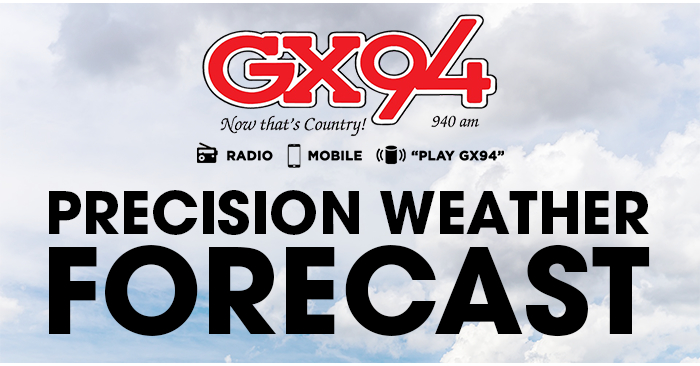Here’s everything you need to know to achieve a lush, verdant landscape: ### Identifying Your Grass Type
1. **Grass Classification**: The first step is to determine whether your lawn comprises cool-season or warm-season grasses. This categorization is crucial as it directly influences the type of fertilizer and the timing of its application. ### Conducting a Soil Test
2. **Soil Analysis**: Conduct a comprehensive soil test to evaluate the nutrient composition and pH levels. Soil testing provides critical data, ensuring you create an optimized fertilization plan tailored to your lawn’s specific needs. ### Selecting the Appropriate Fertilizer
3. **Fertilizer Options**: Choose a fertilizer that meets the requirements of your lawn: – **Balanced Fertilizers (N-P-K Ratio)**: These fertilizers contain a balanced mix of nitrogen (N), phosphorus (P), and potassium (K), essential for the overall health and growth of your lawn. – **Slow-Release Fertilizers**: These formulations ensure a gradual release of nutrients, providing sustained nourishment over an extended period. – **Organic Fertilizers**: Opt for organic options to promote eco-friendly lawn care practices. ### Timing and Application
4. **Optimal Timing**: – **Cool-Season Grasses**: Fertilize during early spring and autumn when these grasses are in their peak growing periods. – **Warm-Season Grasses**: Target late spring through summer for fertilization to align with their active growth phase.
5. **Application Techniques**: – Utilize a fertilizer spreader to ensure even distribution across the lawn. This method helps prevent the concentration of nutrients in specific areas, reducing the risk of burning. – Adhere strictly to the application rates recommended by the fertilizer manufacturer to maximize efficiency and prevent wastage. ### Post-Application Care
6. **Irrigation**: Proper irrigation post-fertilization is vital. Water your lawn sufficiently to facilitate nutrient absorption without causing runoff or waterlogging, which can harm your grass.
7. **Lawn Aeration**: Prioritize aeration before fertilizing. Aeration perforates the soil, enhancing its ability to absorb nutrients and promoting deeper root growth. ### Monitoring and Maintenance
8. **Warning Signs**: – **Yellowing Grass**: This could indicate a nitrogen deficiency. Adjust your fertilization plan to include nitrogen-rich options if this symptom appears. – **Sparse Growth**: A lack of phosphorus or potassium may cause this issue. Select fertilizers that address these deficiencies.
9. **Prevent Over-Fertilization**: Over-fertilizing can lead to nutrient runoff, environmental pollution, and potential damage to your lawn. Always apply fertilizers judiciously to avoid these adverse effects.
10. **Ongoing Maintenance**: – Regular Mowing: Maintain your lawn by mowing at appropriate heights. This practice encourages healthy growth and prevents stress on the grass. – Weed and Pest Control: Implement effective weed and pest control measures to protect your lawn from invasions that can undermine your fertilization efforts.







